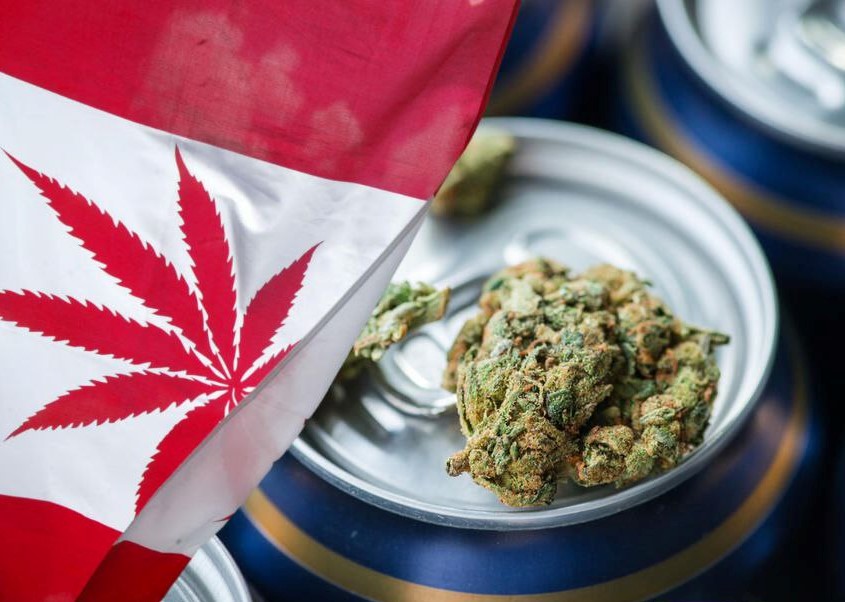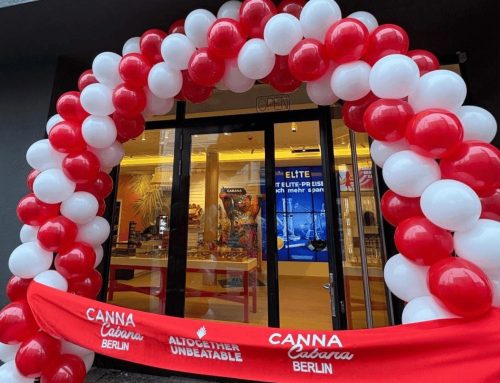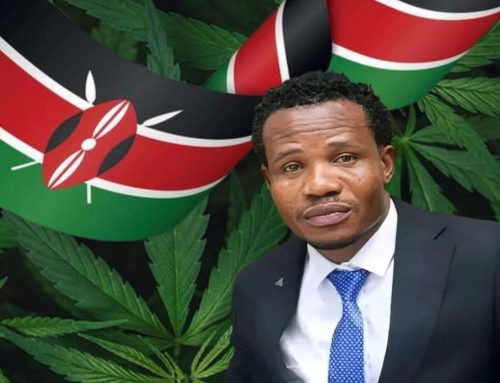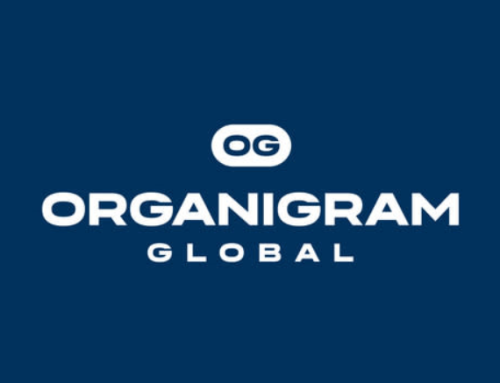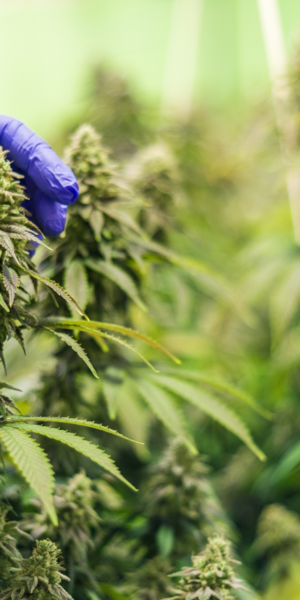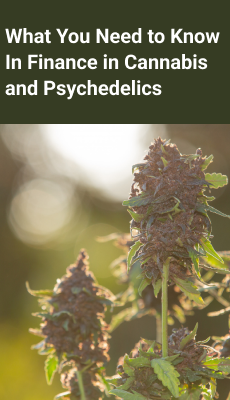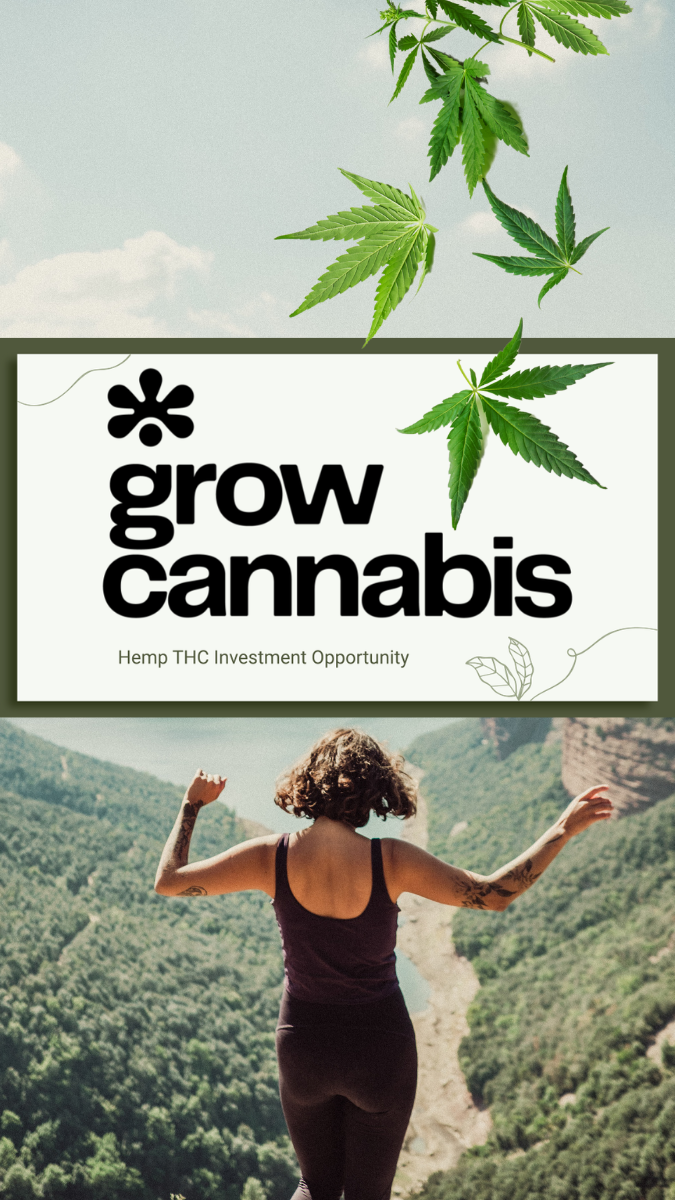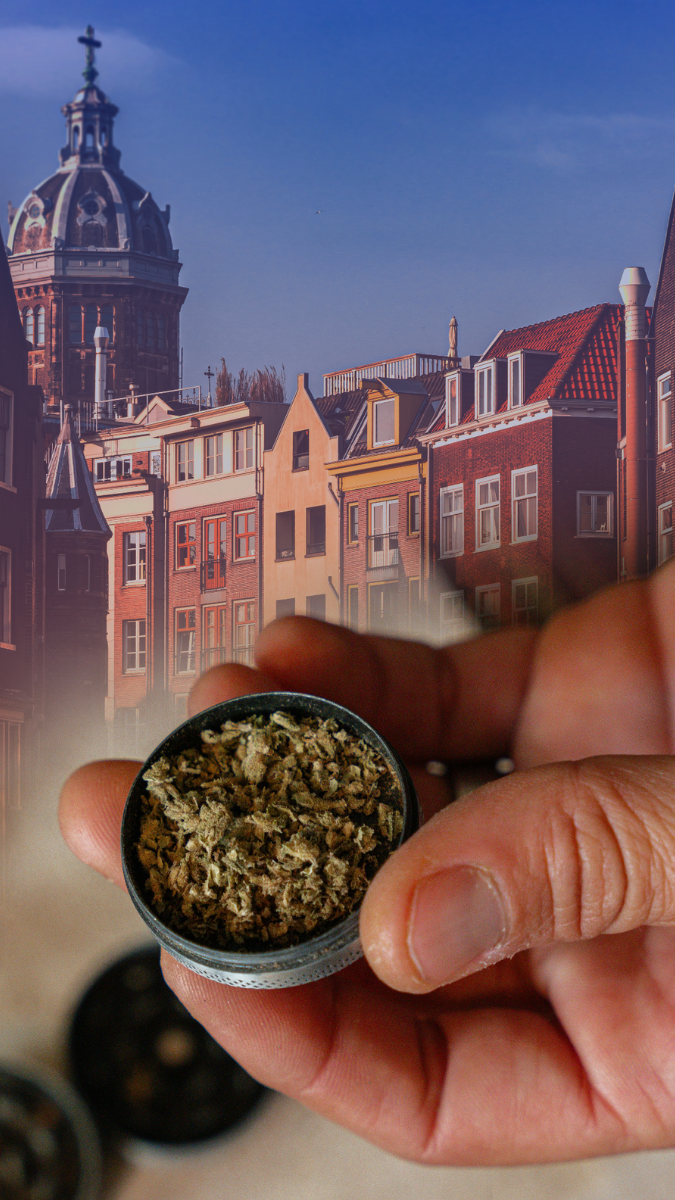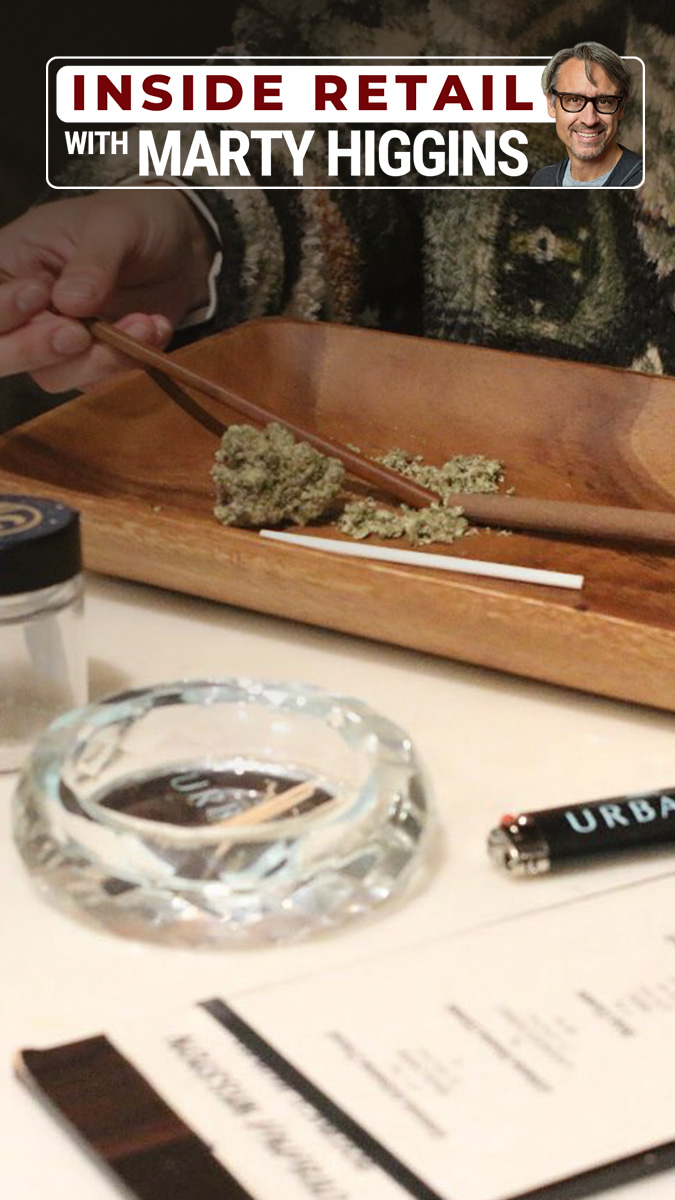Manitoba Cannabis Sales Accelerate, Leaving Liquor in the Rearview
WINNIPEG – Cannabis revenues in Manitoba posted double-digit gains, handily surpassing liquor sales and underscoring the steady climb of the province’s legal Cannabis trade.
Manitoba Liquor & Lotteries, the corporation charged with distributing both products, reported Cannabis sales reaching $170.1 million, a 10.7% increase from $153.6 million the year before. That added $16.5 million to the till, fueled by a net addition of 24 retail outlets to bring the total to 229 stores province-wide. Dried flower accounted for the lion’s share at $98.9 million, or 58% of sales, while extracts jumped nearly 20% to $59.8 million and edibles rose to $10.9 million. Topicals dipped 10% to $517,000, the lone soft spot in the mix.
Liquor, still the cash cow at $887.8 million in sales, managed only a 1.6% uptick from $877 million, a $11 million gain that pales next to Cannabis’s momentum. Overall, the corporation funneled $730.1 million in net income to the provincial coffers, a hair below the prior year’s $732 million as operating costs ticked higher.
These figures paint a clear picture: Cannabis is no longer the upstart. Its 20% profit surge to $47.3 million [now outstripping lottery gains of $39 million and online gaming’s $42.9 million] claims about 6.5% of total net income. Liquor profits, by comparison, dwarf Cannabis at roughly seven times the amount, but the gap is narrowing as consumer habits shift toward pot’s broader offerings.
Digging deeper, the data reveals a market maturing on multiple fronts. Extract sales, which nearly doubled the sector’s prior-year lift, signal demand for higher-margin, concentrated products amid a retail base that’s grown 12% year-over-year. Flower’s 6.5% rise, adding $6 million, holds steady as the entry point for most buyers. Yet Cannabis trails liquor by a wide margin [19% of revenues versus 81%] highlighting room for scale even as regulatory guardrails keep wholesale margins tight at around 28%.
Nationally, the Cannabis sector chipped in over $16 billion to Canada’s GDP last year, per industry trackers, but Manitoba’s outperformance against booze sets it apart in a federation where alcohol still rules the roost. Local observers point to expanded store access and product variety as drivers, though flat per-capita consumption suggests the boom ties more to availability than fervor.
All in all, these numbers affirm Cannabis’s track record as a reliable revenue engine in managed systems. Manitoba’s results offer a blueprint: targeted retail growth and category diversification can deliver outsized returns without upending legacy sectors. As provinces refine their playbooks, expect Cannabis to keep chipping away, one store and one flower at a time.











